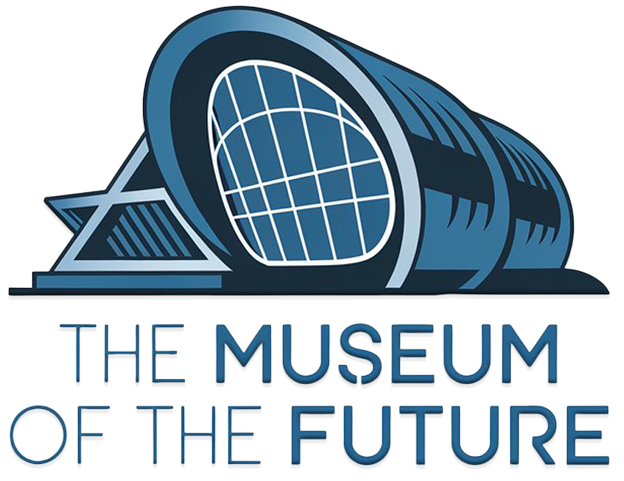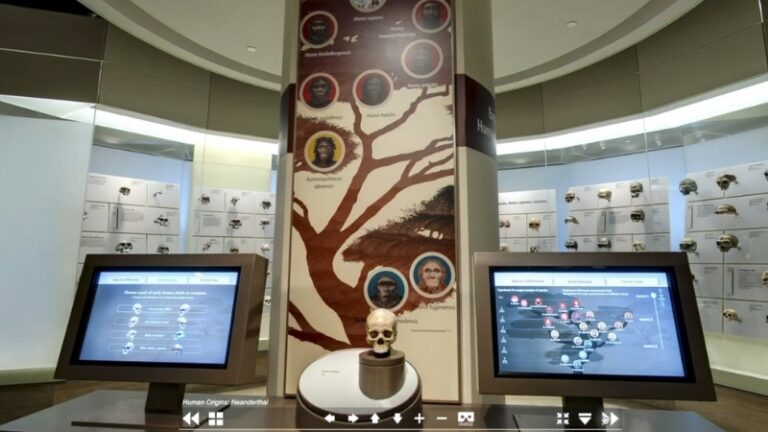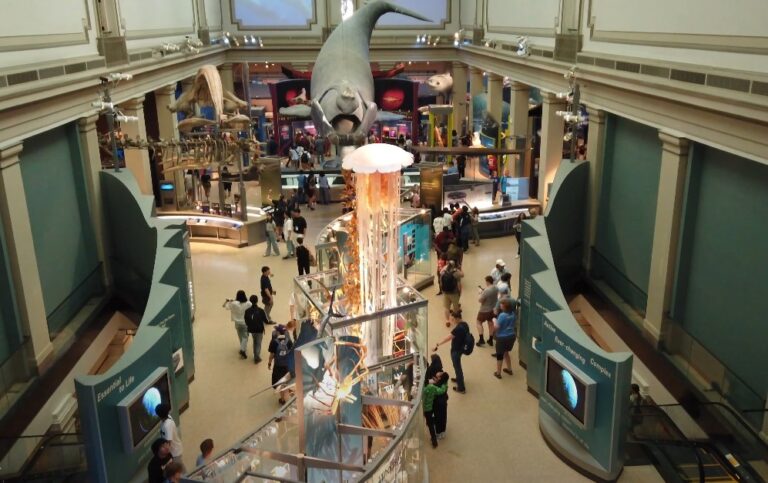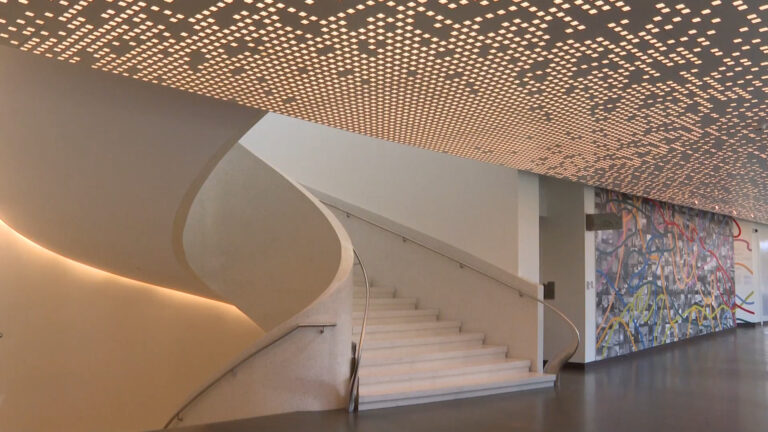Haptic Feedback in Museums: Can You Really “Touch” History?
Museums have always invited people to explore the past, yet they have often relied on glass displays, audio guides, and printed labels to tell their stories. The richness of a carved relief, the fragile weave of a centuries-old tapestry, or the precise grooves of ancient tools could only be observed, never physically experienced. That limitation … Read more










